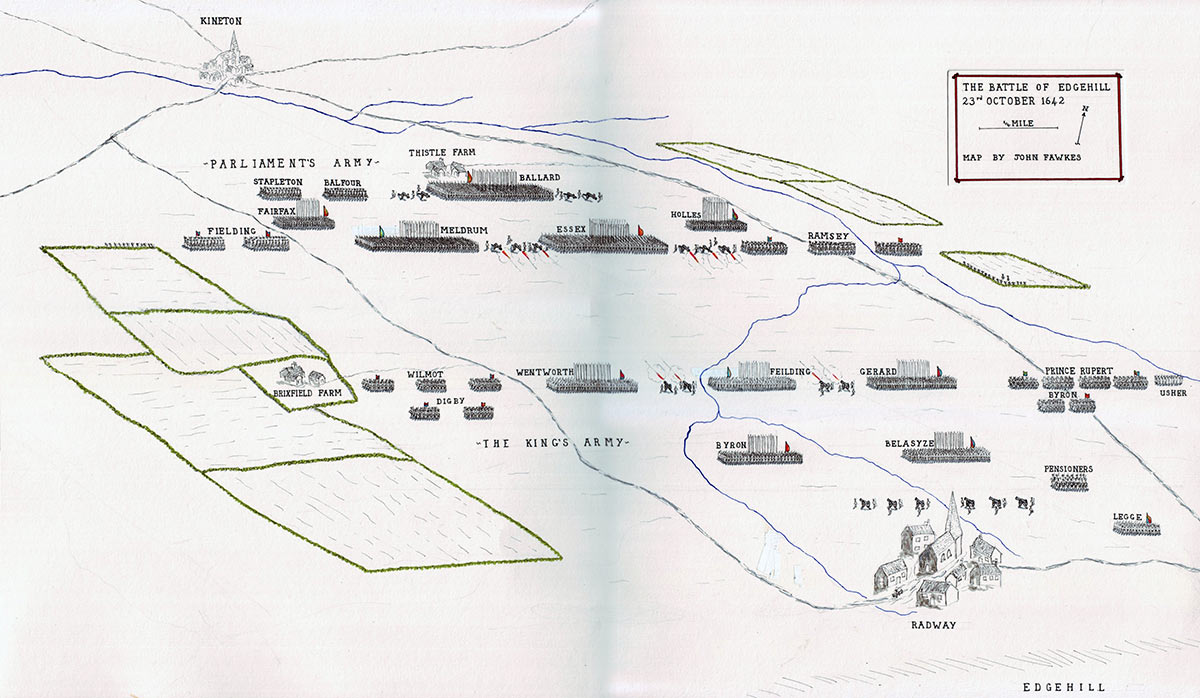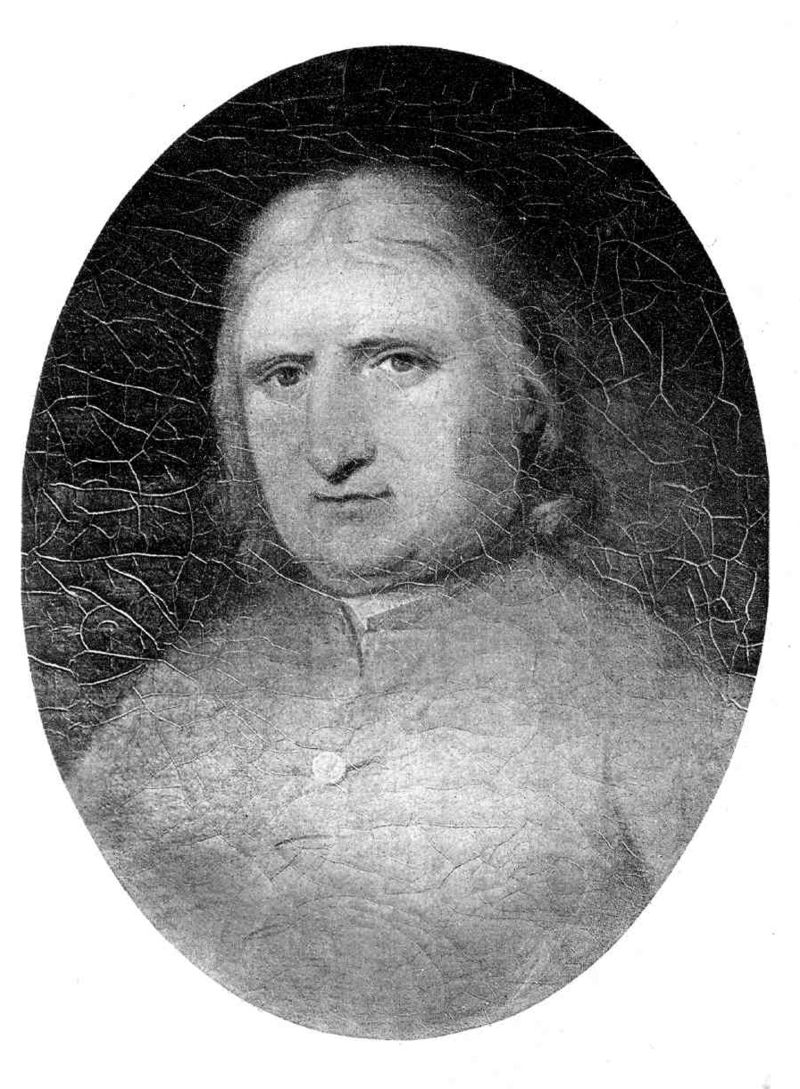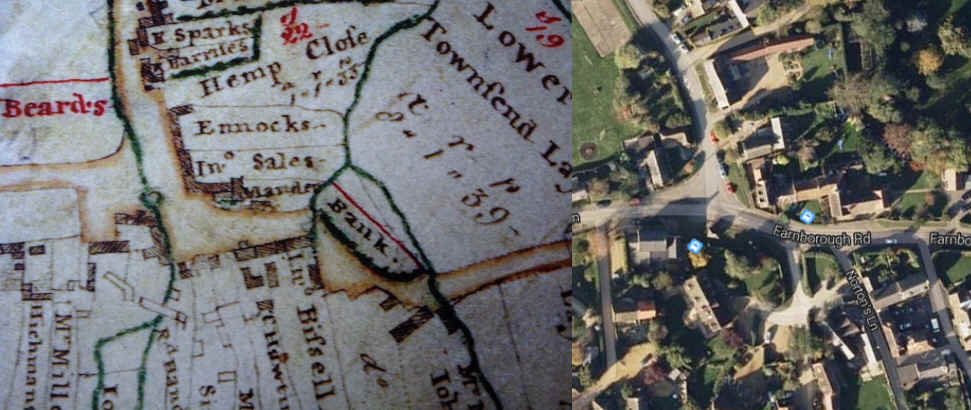|
|
|||||||||
| Home | Name Index | Latest News | New Projects | Contact | |||||
|
The Enock name can be traced back to the 1600s and the Warwickshire village of Radway, famous for being the site of the Battle of Edgehill, the first pitched battle of the first English Civil War in 1642, and for being the birthplace of President Washington's third-great-grandmother, Elizabeth Lyte. Radway in the 15th and 16th Centuries. Throughout the medieval period, Radway was under the control of the church through Arbury Priory and Stoneleigh Abbey, however, the dissolution of the monasteries instigated by Henry VIII between 1536-1541 meant that the lands were later sold to various people. Richard Andrews and Leonard Chamberlain were granted Edge Grange, and Radway Grange was granted to Francis Goodere in 1545. In the late 1550s, the latter estate was gifted to Walter Lyte, father of Elizabeth Lyte. Battle of Edgehill - Sunday 23rd October 1642. In 1642, after considerable constitutional disagreements between the government and King Charles I, the king finally raised his standard and led his troops against the Parliamentarian army. Under the command of Prince Rupert of the Rhine, the Royalist troops were marching from Shrewsbury towards London in support of the King, when they were intercepted by the Parliamentarian (Roundhead) forces under the command of Robert Devereux, Earl of Essex, at Edgehill, midway between Banbury and Warwick. Almost 30,000 soldiers clashed
in a battle that was hard fought and bloody, yet inconclusive. Both armies
suffered heavy losses during the three hours of fighting: the bodies were
looted for clothes and money, and the dead and dying were left where they
lay. As dusk was approaching, the Parliamentarians withdrew to Warwick
leaving the way clear to London. But Charles’ army only reached Reading
before Essex’s troops regrouped, so the battle has always been regarded
as a draw with no one side victorious. - Ben Johnson - http://www.historic-uk.com/HistoryUK/HistoryofEngland/Phantom-Battle-of-Edgehill/
Non-Conformism. The gradual breakdown of the manorial system of Radway during the 1630s/1640s led to landholders being less bounded to a local lord of the manor, and being able to think more freely. Due to these conditions, the village became a centre of non-conformism (most notably Puritanism) in the 1650s. Quakerism. Quakerism was introduced to Radway by its founder, George Fox, who held an open air sermon upon Edgehill in 1656. Already susceptible to freethinking, Fox's beliefs were accepted by the local populace and Meetings were established in 1659. Fierce persecution
ensued with mob attacks, imprisonments and the breaking up of meetings,
until James
II issued the Declaration
of Indulgence in 1687/1688.
Arrival of the Enock family. The
earliest record relating to Enocks in Radway is dated 1614, and can be
found in the Church of England registers for Warwickshire. The record
reports the burial of Alice Enock, wife of Richard Enock. The family were
living in Radway (detailed as a town in the entry shown below), but
belonged to the parish of Ratley which is
situated upon Edgehill about a mile away. Enocks were still living in
Radway until the early 1800s.
At some point between 1659-1678, a member of the family broke away from the Church of England to follow the Quaker faith. The first entry for an Enock in the Quaker registers of Radway appears in 1678 detailing the death of a William Enock. Was it William who introduced the family to Quakerism? (I
am trying to link all the Enock families together here).
Quaker Meetings were held at members houses until enough funds were raised to construct a dedicated building. Radway Meeting House was built in 1703, and was funded by various Friends including a John Enock (weaver) who contributed £1 to the fund. Meetings were held here until 1850, and since 1985, the house has been known as "Oriel Cottage". According to the Listed British Buildings website, the cottage has a burial ground to the rear, so a number of Enocks are likely to rest here.
'Oriel Cottage' pictured from The Green in 2013. 1756 Enclosure Map of
Radway.
'Advising
Mrs Knight and William Ennock's wife when William was in the bailiff's
hands' - 25th May 1750. 'Whitnash
men began at Waddon. Went to Thomas Hawtin about letting lan and seeing
Tom Taylor's house. Went to Ennock's about letting Hemp Close....' - 20th
November 1756. The enclosure map of Radway, created by George Salmon in 1756.
Left:
the enclosure map of Radway from 1756 'Ennock Cottage' pictured from Langdon Lane in 2013. The entrance to 'Hemp Close' is in the middle of the picture, to the left of the cottage..
'Ennock Cottage' pictured from Langdon Lane in 2013. The entrance to 'Hemp Close' would've been to the far left. Page updated 27th November, 2016. |
|||||||||









